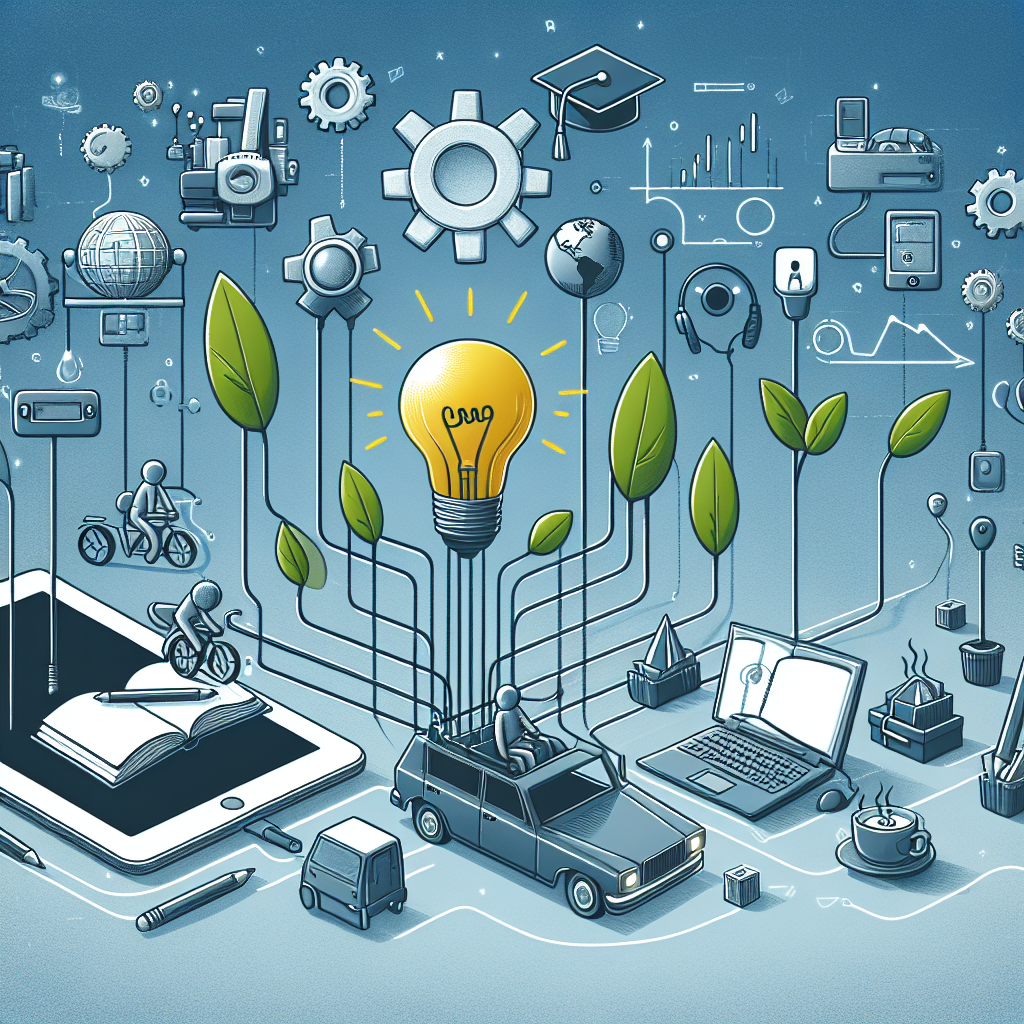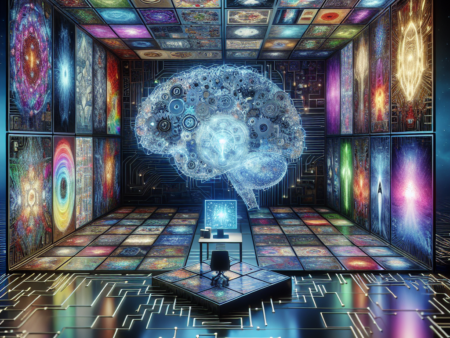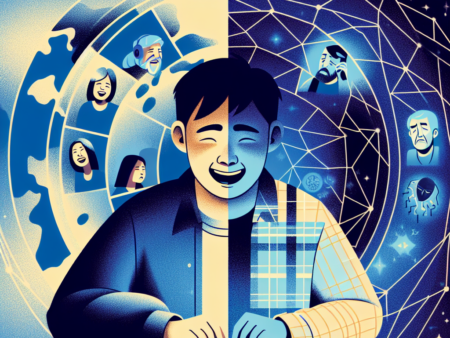Perkembangan teknologi berdampak positif pada pendidikan, meningkatkan akses, efisiensi, dan kualitas pembelajaran.
Dampak Perkembangan Teknologi pada Pendidikan
-
Table of Contents
The Impact of Technological Advancements on Education in Indonesia

Introduction
Technology has become an integral part of our daily lives, transforming various sectors, including education. In Indonesia, the rapid development of technology has significantly influenced the education system, bringing both opportunities and challenges. This article explores the impact of technological advancements on education in Indonesia, highlighting the benefits, drawbacks, and potential future developments.
1. Access to Information and Learning Resources
One of the most significant impacts of technology on education in Indonesia is the increased access to information and learning resources. With the internet and digital devices, students and teachers can easily access a vast amount of educational materials, including e-books, online courses, and educational videos. This accessibility has democratized education, allowing students from all backgrounds to access quality learning resources.
Furthermore, technology has enabled distance learning, especially in remote areas where access to traditional educational institutions is limited. Online platforms and video conferencing tools have made it possible for students to receive education from qualified teachers without the need for physical presence. This has opened up new opportunities for students in rural areas to access quality education.
2. Interactive and Engaging Learning Experiences
Technology has revolutionized the way students learn by providing interactive and engaging learning experiences. Traditional classroom settings often rely on passive learning methods, such as lectures and textbooks. However, with the integration of technology, students can actively participate in their learning process.
For example, educational apps and gamified learning platforms make learning more enjoyable and interactive. Students can engage in educational games, quizzes, and simulations that enhance their understanding of complex concepts. This approach not only improves student engagement but also promotes critical thinking and problem-solving skills.
3. Personalized Learning
Technology has also facilitated personalized learning in Indonesia. Every student has unique learning needs and preferences, and technology allows for tailored educational experiences. Adaptive learning platforms use algorithms to analyze students’ performance and provide personalized recommendations and content based on their strengths and weaknesses.
This personalized approach helps students learn at their own pace, focusing on areas where they need more support. It also reduces the burden on teachers, as they can track individual progress and provide targeted interventions. Personalized learning has the potential to improve learning outcomes and bridge the achievement gap in Indonesia.
4. Collaboration and Communication
Technology has transformed the way students collaborate and communicate with their peers and teachers. Online platforms and tools enable students to work on group projects, share ideas, and provide feedback regardless of their physical location. This fosters collaboration and teamwork skills, which are essential in the modern workforce.
Additionally, technology has improved communication between students and teachers. Students can easily reach out to their teachers through email, messaging apps, or online discussion forums to ask questions or seek clarification. This accessibility enhances the learning experience and promotes a supportive learning environment.
5. Challenges and Drawbacks
While the impact of technology on education in Indonesia is largely positive, there are also challenges and drawbacks that need to be addressed. One of the main challenges is the digital divide. Not all students have equal access to technology and the internet, especially in rural and economically disadvantaged areas. This inequality in access hinders the potential benefits of technology in education.
Furthermore, the overreliance on technology can lead to a lack of face-to-face interaction and social skills development. Students may become isolated and miss out on important interpersonal skills that are crucial for their personal and professional growth. Balancing technology integration with traditional teaching methods is essential to ensure holistic development.
6. Future Developments
The future of technology in education in Indonesia holds great potential. As technology continues to advance, there are several areas that can be further developed to enhance the educational landscape.
Firstly, the integration of artificial intelligence (AI) can revolutionize personalized learning. AI-powered systems can analyze vast amounts of data to provide even more accurate recommendations and adaptive learning experiences. This can further improve learning outcomes and cater to individual student needs.
Secondly, virtual reality (VR) and augmented reality (AR) can create immersive learning experiences. Students can explore historical sites, conduct virtual experiments, and engage in simulations that enhance their understanding of complex concepts. Integrating VR and AR into the curriculum can make learning more engaging and memorable.
Summary
The impact of technological advancements on education in Indonesia has been significant. It has increased access to information and learning resources, provided interactive and engaging learning experiences, facilitated personalized learning, and improved collaboration and communication. However, challenges such as the digital divide and the potential drawbacks of overreliance on technology need to be addressed.
The future of technology in education holds great promise, with the potential for further developments in AI, VR, and AR. By harnessing the power of technology while maintaining a balance with traditional teaching methods, Indonesia can continue to enhance its education system and provide quality education for all students.







